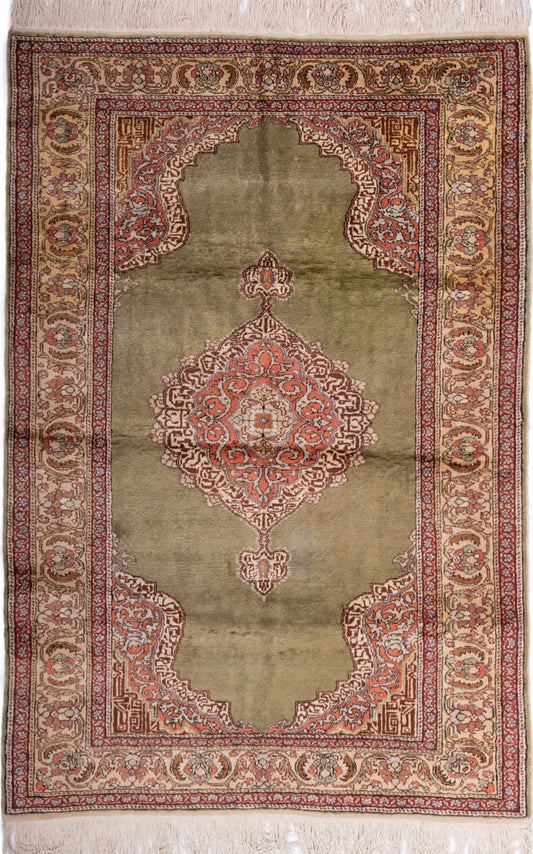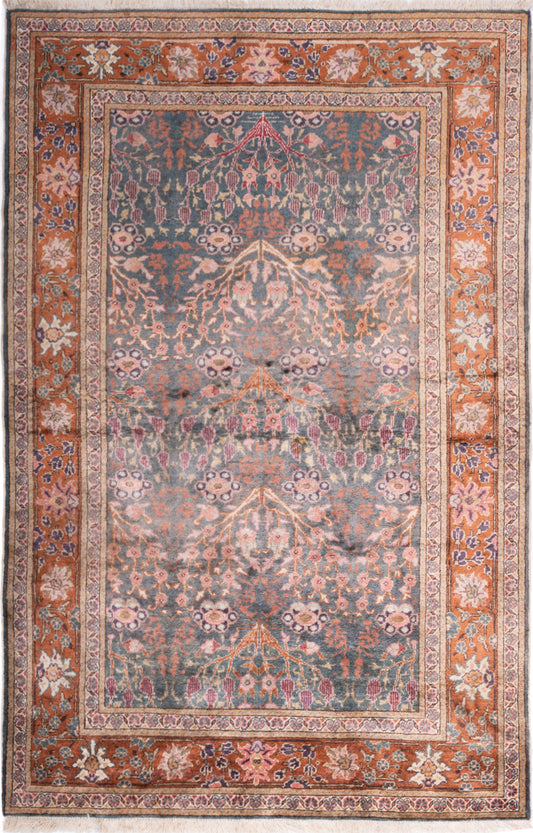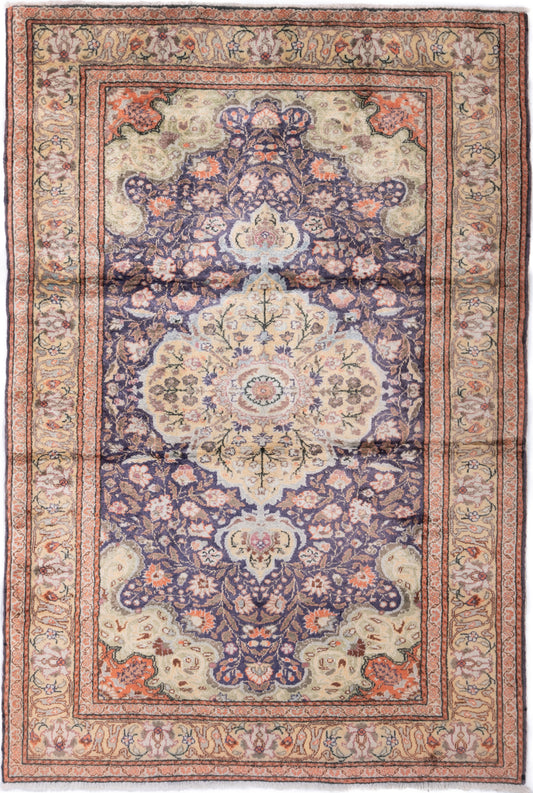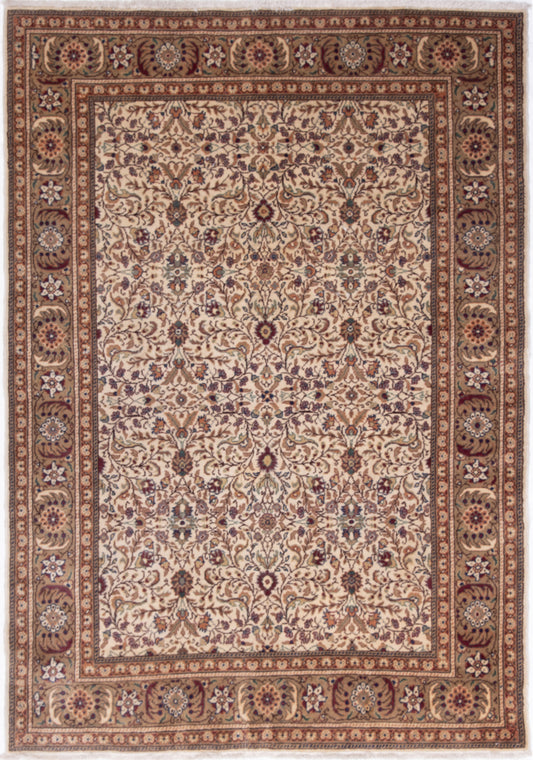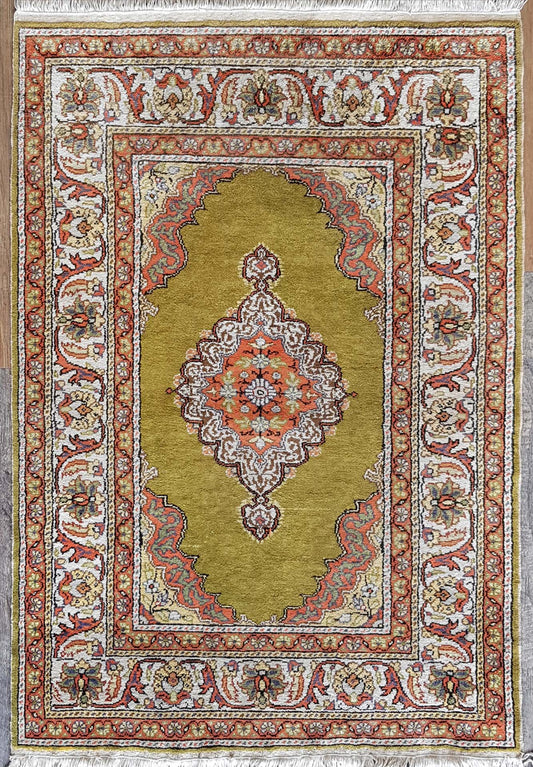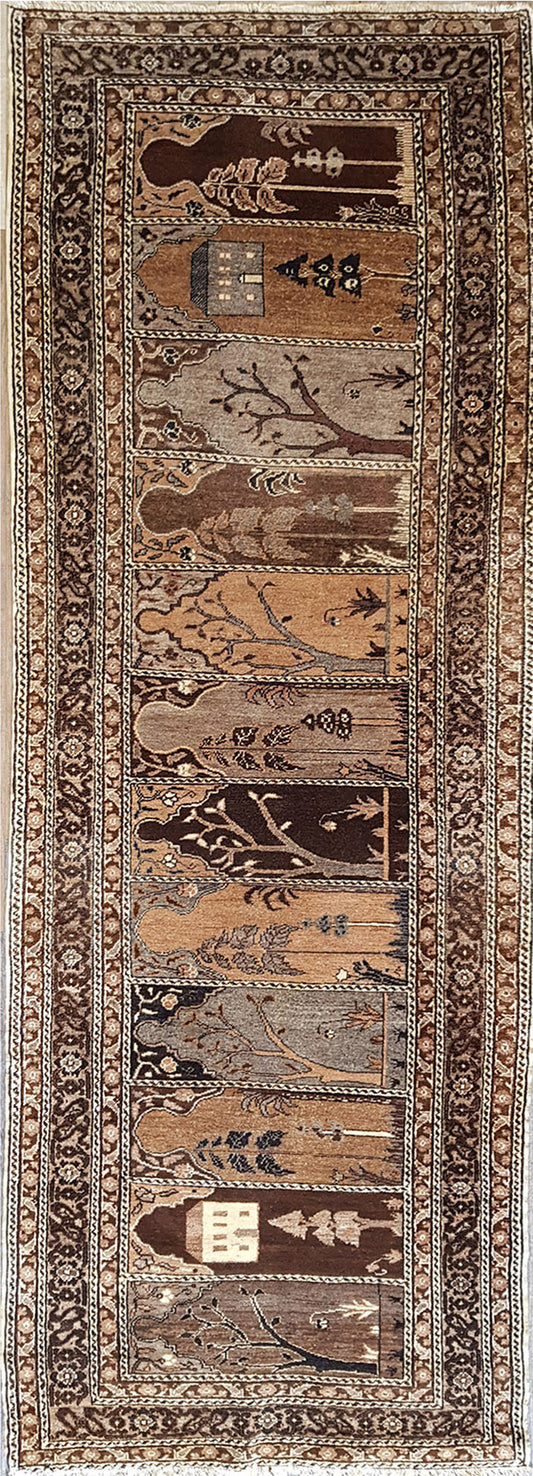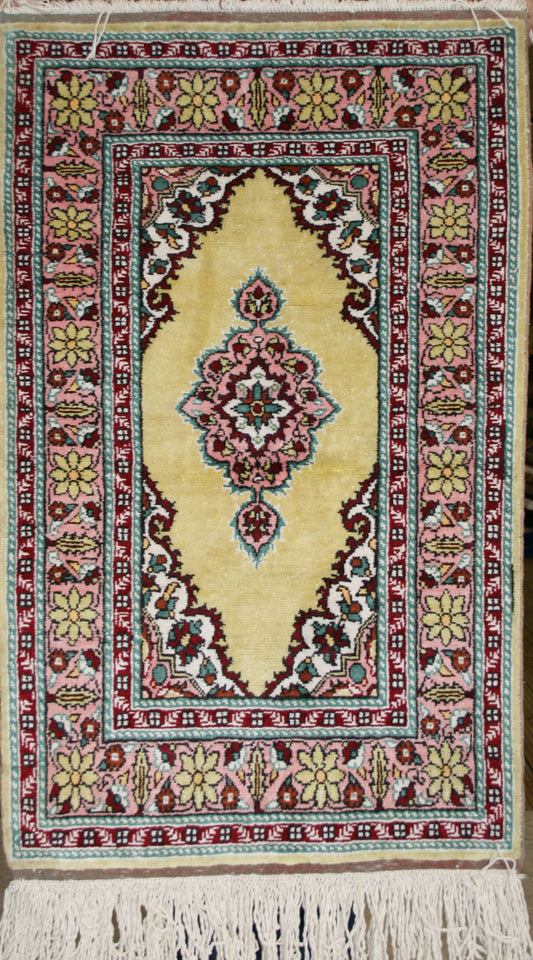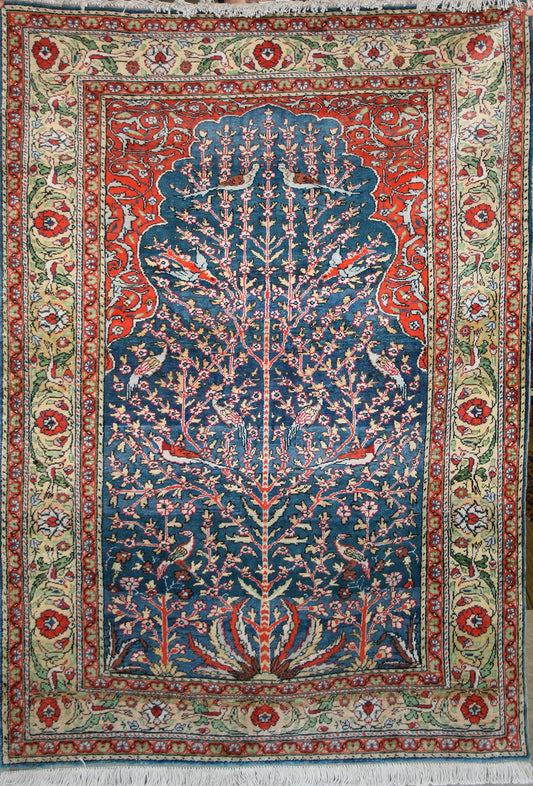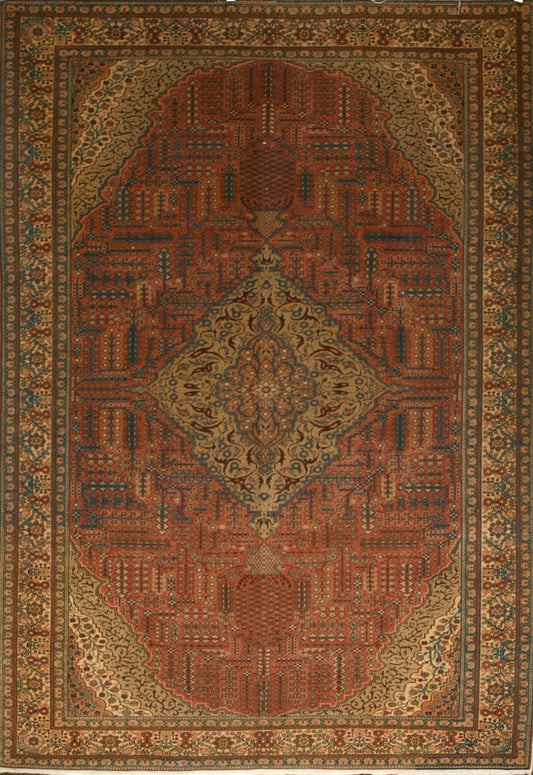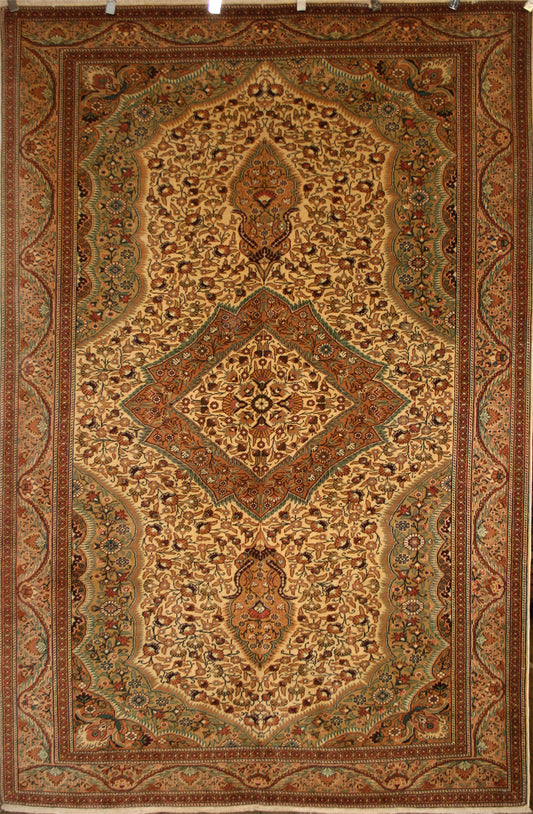Kayseri Rug History & Origin Guide
A Brief History of Kayseri Rug Making
Kayseri, also spelled as Keyseri or Kaysari, is a region in central Turkey known for its exceptional rug-making traditions. The city has a rich history that dates back to ancient times and has been influenced by various cultures, including the Hittites, Phrygians, Romans, and Ottomans. Rug weaving in Kayseri has been an essential craft since the 16th century, with the region's skilled artisans producing intricately designed rugs with a unique aesthetic.
Typical Patterns, Motifs, and Designs
Kayseri rugs are renowned for their intricate patterns and motifs, drawing inspiration from various cultures and styles. Common designs include geometric shapes, floral patterns, and medallions. These rugs often feature a central medallion surrounded by intricate borders and a field filled with smaller motifs. The designs are a fusion of traditional Turkish and Persian elements, creating an elegant and sophisticated look.
Materials and Knot Counts
Historically, Kayseri rugs were made using high-quality materials such as silk and fine wool. Silk rugs from the region are particularly sought after for their lustrous sheen and luxurious feel. These rugs are finely knotted, with knot counts typically ranging from 200 to 400 knots per square inch. The high knot count contributes to the intricate detail and durability of the rugs.
Famous Weavers and Rugs from Kayseri
While there may not be specific famous weavers from Kayseri, the region itself has gained a reputation for producing high-quality rugs that are appreciated worldwide. Kayseri rugs are known for their precise craftsmanship and stunning designs, making them a prized possession for collectors and enthusiasts alike.
Nearby Rug-Producing Towns and Cities
Besides Kayseri, other notable rug-producing regions in Turkey include Hereke, Sivas, and Konya. Each of these areas has its own distinct style, techniques, and history, contributing to the diverse and vibrant landscape of Turkish rug making.
Climate and Best Times to Visit
Kayseri experiences a continental climate, with hot summers and cold, snowy winters. The best time to visit the region is during the spring and autumn months when the temperatures are more moderate, and the natural scenery is at its most beautiful. During this time, you can explore the region's rich history, architecture, and, of course, its rug-making heritage.
Places to Visit and Regional Attractions
Kayseri offers a variety of attractions for visitors, including historical sites such as the Gevher Nesibe Museum, the Kayseri Castle, and the Grand Mosque. The region is also famous for its natural wonders, such as Mount Erciyes and the Cappadocia region with its unique fairy chimneys and underground cities. Exploring these sites will give you a deeper understanding of the region's history, culture, and the people who have crafted the beautiful rugs that carry the Kayseri name.
Browse Our Current Selection of Kayseri Rugs
-
Semi-Antique Turkish Kayseri Rug
Regular price £795.00Regular priceUnit price / per£1,035.00Sale price £795.00Sold -
Semi-Antique Turkish Kayseri Rug
Regular price £845.00Regular priceUnit price / per -
Semi-Antique Turkish Kayseri Rug
Regular price £745.00Regular priceUnit price / per£1,005.00Sale price £745.00Sale -
Semi-Antique Turkish Kayseri Rug
Regular price £1,595.00Regular priceUnit price / per -
Turkish Kayseri Wool & Silk Rug
Regular price £615.00Regular priceUnit price / per£845.00Sale price £615.00Sold -
Antique Turkish Kayseri Runner Rug
Regular price £1,905.00Regular priceUnit price / per -
Turkish Kayseri Wool & Silk Rug
Regular price £315.00Regular priceUnit price / per£525.00Sale price £315.00Sale -
Turkish Kayseri Rug
Regular price £2,125.00Regular priceUnit price / per -
Semi-Antique Turkish Kayseri Rug
Regular price £4,775.00Regular priceUnit price / per -
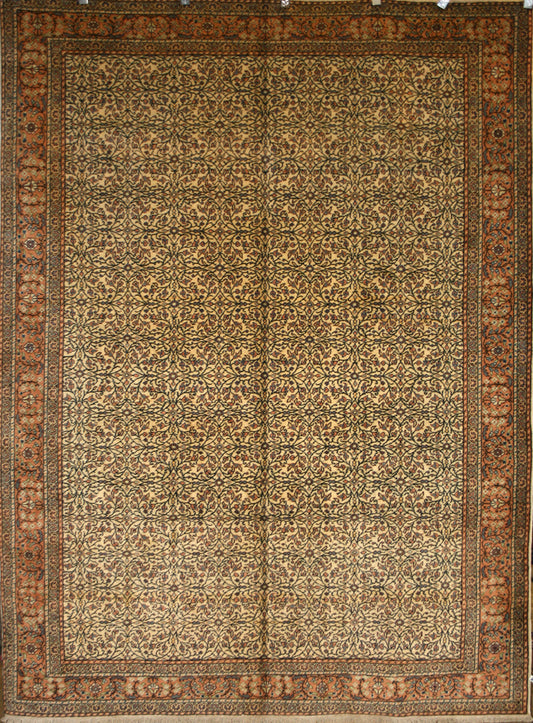 Sale
SaleTurkish Kayseri Rug
Regular price £2,365.00Regular priceUnit price / per£3,985.00Sale price £2,365.00Sale -
Turkish Kayseri Rug
Regular price £4,065.00Regular priceUnit price / per -
Semi-Antique Turkish Kayseri Rug
Regular price £3,115.00Regular priceUnit price / per£3,715.00Sale price £3,115.00Sale

